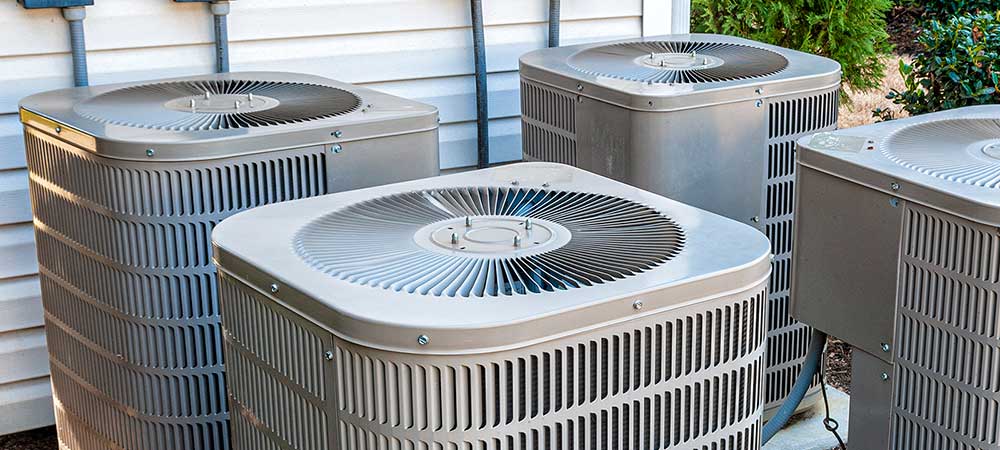What does and Air Conditioning Condenser do?
Ever notice that big box that’s right outside of your home? As it turns out, it houses your air conditioning condenser, a part that plays an important role in your cooling comfort. We’ll go over the basics of the air conditioning process, how the condenser figures into it and what to look for when it comes to basic maintenance and upkeep.
Air Conditioning Overview
Here’s something you probably didn’t know about your air conditioning system: it doesn’t produce cool air, at least not the way you think. Instead, it works by removing the heat energy found in your home’s indoor air. By removing that heat, your air conditioner can bring indoor temperatures down to manageable levels, thus enhancing your overall comfort on those sweltering summer days.
Your typical AC system achieves this by circulating refrigerant through a pair of coils: the evaporator and condenser. These coils are made from a combination of steel, aluminum and copper to ensure maximum heat transfer. Inside, the refrigerant undergoes changes from a liquid to a gas and back, depending on where it is in the AC system. These phase changes make it easier for the refrigerant to absorb and release heat when needed.
When refrigerant enters the evaporator, it first passes through an expansion valve that turns the warm, high-pressure liquid into a cooler, low-pressure gas. This enables the refrigerant to capture as much heat from the indoor air as it passes through the evaporator coil.
Anatomy of a Condenser
Now, let’s take a look at the condenser. Once the refrigerant moves on from the evaporator coil, it hits the compressor. There, the refrigerant is compressed into a hot, high-pressure gas. Afterward, the refrigerant passes through the condenser. Air flow generated by the condenser fan forces the refrigerant to release heat to the outdoors, cooling off the refrigerant until it becomes a warm, high-pressure liquid.
Shedding the latent heat prepares the refrigerant to flow back through the expansion valve and into the evaporator where it will collect more heat for the next cycle.
What Happens with Heat Pumps?
Believe it or not, the entire process is reversed with heat pumps when they’re placed in heat mode. Instead of dumping heat outdoors, the heat pump gathers heat from the outdoor air and releases it indoors.
Since it takes relatively little energy to do this, heat pumps are a surprisingly efficient way to heat a home, especially in temperate climates. However, these systems tend to struggle in below-freezing temps, which explains why many heat pump systems boast electric heat backup systems.

